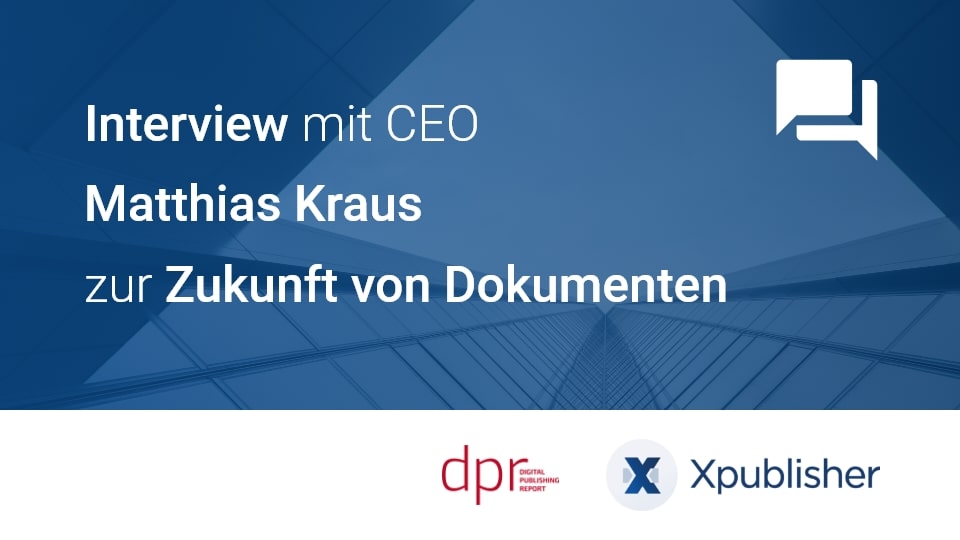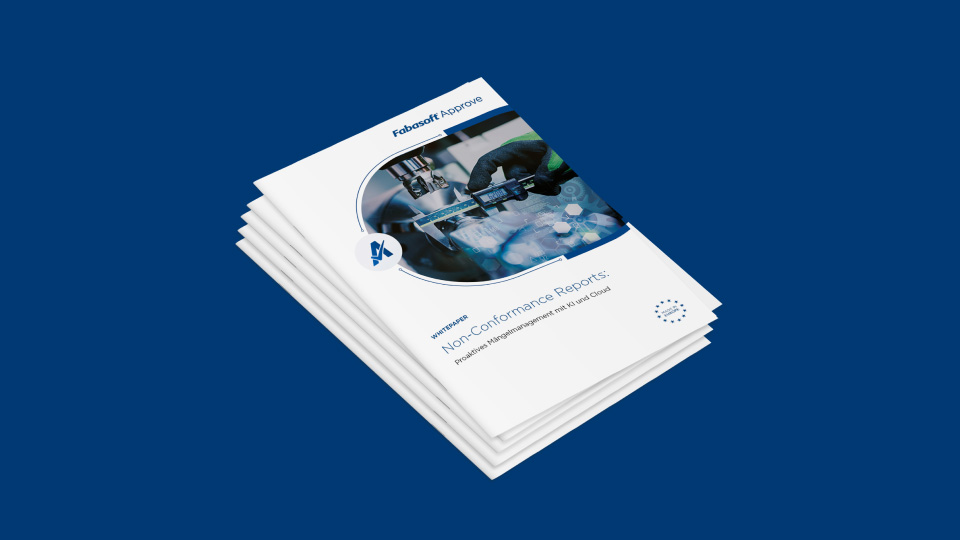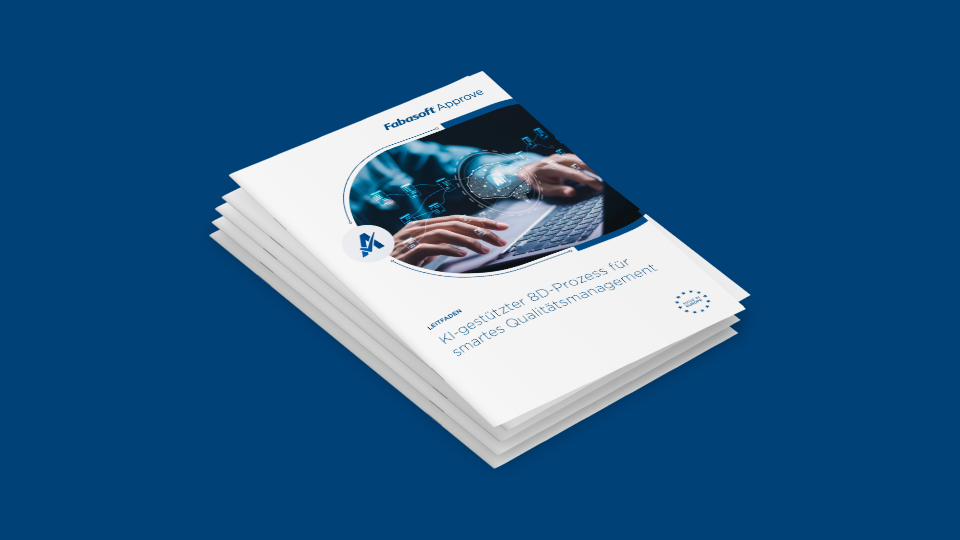An interview with Matthias Kraus, CEO Xpublisher.
The interview was conducted by: Steffen Meier, Publisher and Editor-in-Chief dpr Magazine
The document of the future is data-driven and tailored to the respective target group
Even today, digital documents still serve primarily as substitutes for paper. Collaboration, interactivity, and structuring are colliding with the technological and mental concepts of the previous century. But right now, there are changes afoot. New document formats are taking on greater importance.
We spoke with Matthias Kraus, CEO of Xpublisher GmbH, a provider of software solutions for creating, editing, and publishing structured content, and together we took a look at the future of documents.
Despite increasing digitalization, word processors are still arranging content in the form of folders and pages, using icons like a trash can to delete files or a floppy disk for saving – despite the fact that the majority of younger users have never actually held a disk like that in their hands. How do you explain that?
Matthias Kraus: In the report “The Future of Documents,” Forrester uses the term skeuomorphism – a design technique that uses digital replicas of real objects [1]. The symbols that are familiar to us from the analog world help us to better navigate the digital world; in other words, they boost usability.
The way we create documents today no longer has anything to do with physical paper or floppy disks. The transformation of data generation also needs to be reflected in our perception and in our language. Our task is to rise to this challenge as we move in the direction of online documents.
In the media industry, we are always talking about “structured content” and by that we mean enriching lengthy texts with a handful of keywords. Is that it?
Matthias Kraus: It’s not that simple. Unlike purely visually structured texts, structured content involves granular units of information. The content undergoes semantic labeling in the background, making it machine-readable and ready for automatic further processing. An XSD or DTD rule set clearly specifies which elements are permissible in the document, and in so doing, harmonizes the content throughout the entire organization. Texts of this kind can be created and reviewed using online XML editors like Xeditor. And this happens very intuitively, without requiring any technical skills.
This structured content is enriched with a variety of metadata and keywords. There is also a need for solutions that adapt and innovate to meet the demands of structured documents and their distribution.
In keeping with the maxim “Create Once, Use Many Times,” the Xpublisher editorial system and its integrated XML editor give users a simple way to create content that is structured, and hence media neutral. This standardization makes it possible to automate the further processing of the content, which can then be published in a variety of channels.
To ask a provocative question – what’s more important from a technical point of view: structure or content?
Matthias Kraus: To answer that, you have to differentiate between the two. The content primarily serves the reader, while the structure makes the content readable for machines and ready for further processing.
That being said, content and structure are very closely linked. Without content, the structure is meaningless. And without structure, content will no longer work in the future from a technical perspective.
Intuitive online XML editors like Xeditor help structure the content and give authors the breathing room to focus on their content.
Nowadays, the term “robot-generated texts” often comes up in connection with the ongoing evolution of documents. What is meant by that term? And most importantly, do we as authors need to be worried about being out of a job any time soon?
Matthias Kraus: As its name suggests, robot-generated text refers to text that hasn’t been written by humans, but instead by artificial intelligence (AI). According to Forrester, data-driven texts in particular will be generated automatically in the future – but always in collaboration with humans.
AI is already being used in content creation, for instance with autocorrect, the spell checker, or for predictive text suggestions as you type. Because of their structure and semantic markup, documents generated in Xeditor provide the ideal basis for machine learning. Structured content is perfect for storing relationships, which supports ontology management.
How would you rate Microsoft Office and the “Fluid Framework” project or Adobe and “Liquid Mode” in this regard? Have they solved the problem now?
Matthias Kraus:The Microsoft Office Fluid Framework is Microsoft’s way of dovetailing its programs. That is particularly conducive to collaboration. While this makes it easier for authors to work on content contemporaneously, the fundamental problem with Word remains: unstructured content that is unreadable for machines.
This type of content is usually optimized for one output channel (such as print), whereas secondary and tertiary content utilization in other channels like digital, web, or app requires a great deal of effort.
Adobe Liquid Mode makes it possible to read PDF documents fluidly even on mobile devices. What sounds simple actually involves quite elaborate technology at present. Additional tools are needed to first extract data from formats like PDF, and then render it machine-readable and repurposable. That tackles the problems of modern document creation, but it doesn’t address their root cause.
That’s why we are convinced that businesses should place the focus on structure as early as the content generation stage. With the help of our online XML editor Xeditor, content is structured automatically and generated in a way that is media neutral.
The documents are ready for automated publication as well as publishing in digital and print formats. Thanks to their structuring, this content is presented in the best possible way across all channels, which means that it can also be used as the basis for Adobe Liquid Mode, for example.
What does the document of the future look like to you?
Matthias Kraus: The document of the future has two essential characteristics. It is data-driven – which means it is structured – and it’s tailored to the respective target group. Structured data has to become the norm – in line with its use – so that automated further processing can be achieved with little effort.
It goes without saying that documents will continue to exist in the future. The changes will affect the creation and the distribution processes.
In its “Future of Documents” report, Forrester refers to the fact that “governance of documents is going to be messy”. Is that cause for concern?
Matthias Kraus: Transforming the way documents are generated and managed always entails some extra effort initially. Forrester’s report refers specifically to regulated industries, the public sector, and organizations with stringent document storage requirements. New approaches to securing digital records for evidentiary purposes will need to be devised to handle content that is more interactive, is comprised of components, and contains structured data.
The benefit-to-cost ratio comes into play here as well. Using structured content saves time and money over the long term.
As a final note, I want to point out that making the switch to structured, XML-based content doesn’t have to happen overnight. Many of our customers adopt Xpublisher as their publishing system and initially continue to use their familiar Microsoft Word documents before gradually and seamlessly switching to XML to meet the demands of the future.
Thank you very much for the exciting insights. We are already looking forward to our joint webinar on September 28, when we can discuss your vision of future document creation and distribution in even more detail.
This text first appeared in: 9th edition dpr magazine - Process Optimization, NFT, Blockchain, AI and the Newspaper Market
[1] Margaret Rouse, "skeuomorphism," WhatIs.com, June 2013 (https://whatis.techtarget.com/definition/skeuomorphism).




